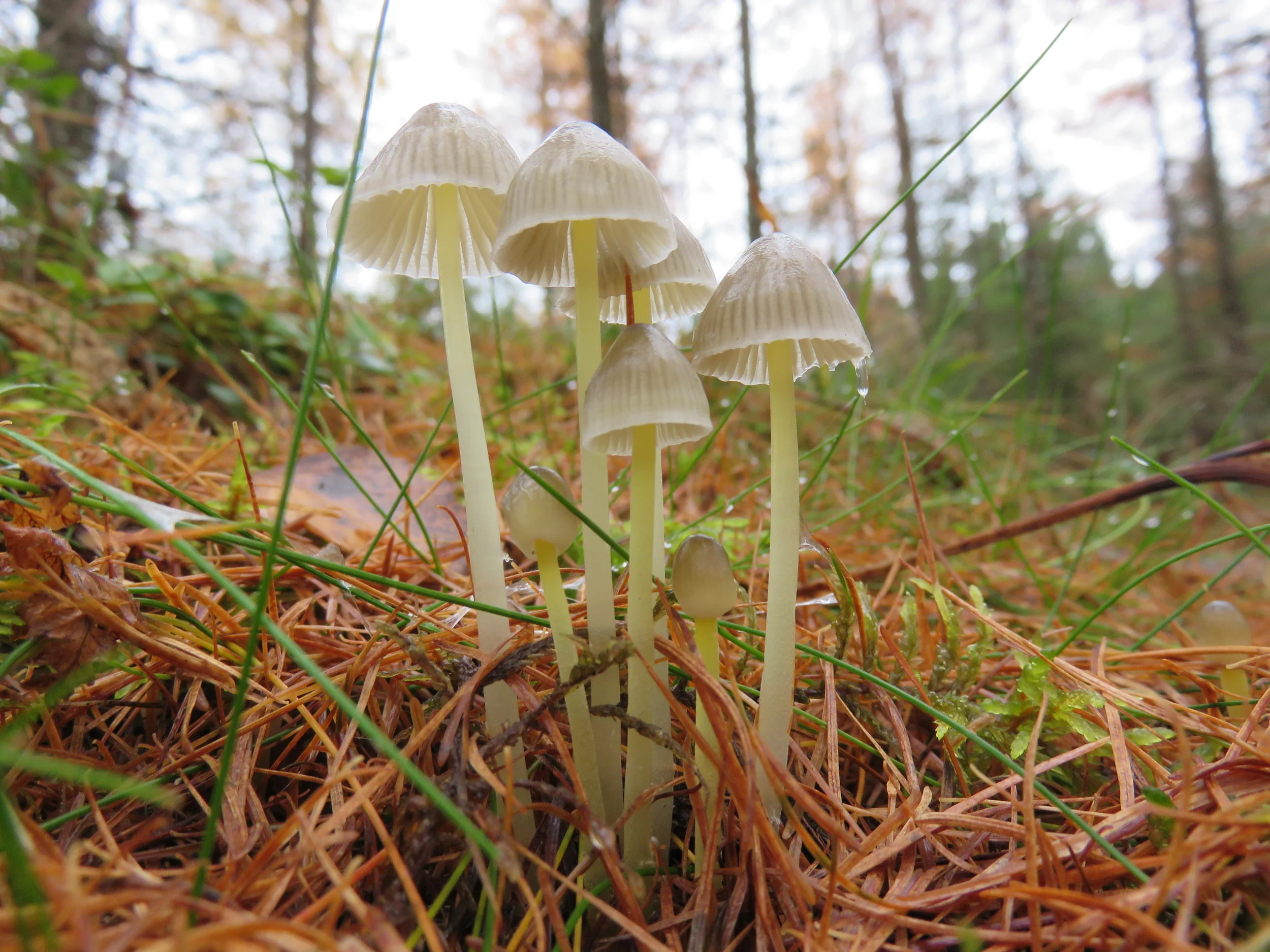Fungi play many important roles in forest ecosystems. Foliar fungal pathogens affect forest ecosystem processes by their species-specific impact on tree growth and survival. Soil fungi act as obligate root symbionts, decomposers or pathogens and play key roles in nutrient and carbon cycling. Wild edible mushrooms represent an important non-wood forest product in Finland and world-wide. Our research at the Satakunta forest diversity experiment is focussed on foliar fungal pathogens of trees as well as on ectomycorrhizal fungi and edible mushroom production.
Genetic diversity of host plants may play a central role in plant susceptibility to fungal pathogens because most foliar fungal pathogens are highly specialized and pathogen transmission is less effective when susceptible and non-susceptible host genotypes are mixed in the community. Studies of birch fungal pathogens at the Satakunta birch clone diversity experiment have shown that pathogen species richness increases with birch clone richness at plot level, whereas pathogen load of two of the eight birch clones was reduced by tree clone richness in the local neighbourhood scale.
Fine root samples for fungal DNA analysis
In boreal forests, the diversity of ectomycorrhizal (ECM) fungi is much greater than that of their host trees and ECM symbiosis constitutes the main pathway of plant nutrition. ECM communities differ between tree species and even between clones of the same tree species. Such host specificity and preference patterns suggest that stands with larger number of host tree species or clones of individual tree species may be able to maintain greater diversity of ECM fungi. Using DNA metabarcoding technology, we have shown that species richness of ECM fungi is positively affected by tree species diversity at the Satakunta tree species diversity experiment, but negatively affected by relative abundance of black alder.


